Steps to Beach Safety
More people are using the beaches and associated nearshore waters for recreation than ever before and across a wide range of activities (e.g., sunbathing, sand castle building, playing in the surf, swimming, surfer, body and boogie boarding, stand up paddleboarding, windsurfing, kite surfing, surf fishing, spearfishing, etc.).
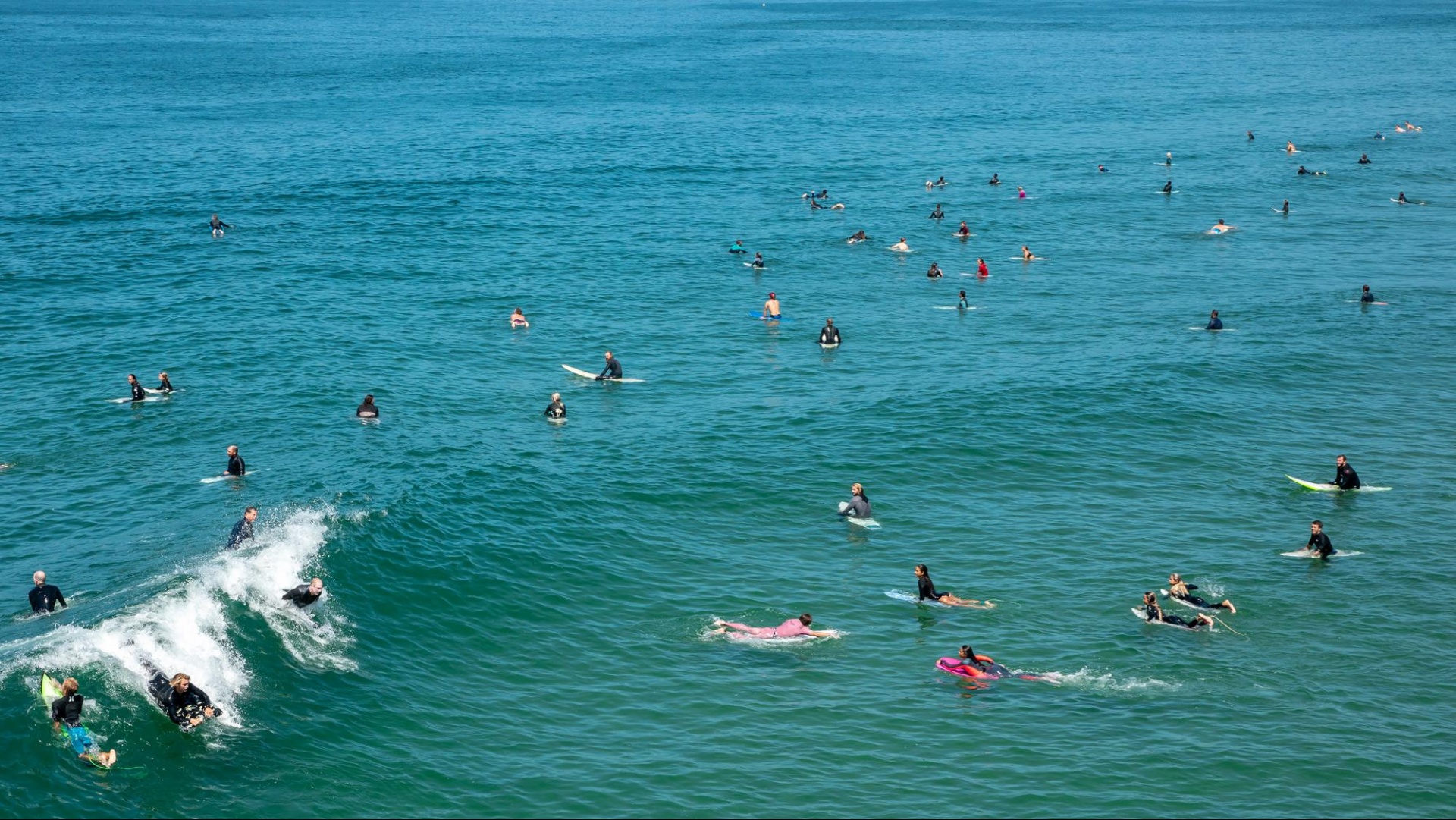
Sometimes we forget that the beach is a "wild place" with unregulated environmental conditions and wildlife, and it is important to remember that we are guests in someone else's home. Despite historic pollution, degradation, over harvesting and killing of marine life, environmental protections and regulations put in place to restore water quality and protect marine life have been working in many places in California.
As a result we're now regularly seeing large marine predators such as seals, sea lions, dolphins, and sharks that we haven't seen for years along public beaches. So, to ensure safety for all parties involved it's important for you to know who's front yard you're playing in and how to do so safely, without offending our hosts. We include some hazards and tips to help keep you safe when you're at the beach.
Beach Safety PSAs
The Shark Lab has developed a series of videos to inform the public of how to stay safe when visiting the beach. Check out our YouTube Channel @csulbsharklab or our Instagram @csulbsharklab to learn more.
Although different species of sharks are found around different ocean beaches across the U.S., it is always good to know "the locals" that could be at beaches you use. It's important to note that just because there are certain species of sharks that might cruise past your favorite beach, doesn't necessarily mean you are in danger.
Nonetheless, it is always good to know who's neighborhood you are playing in and learn some basic tips to help keep you safe.
How to Identify a Shark vs. a Dolphin
It is not that uncommon to see fins glide across the horizon when you are at the beach. Typically, these fins belong to a pod of dolphins, but how can you tell if it is a shark fin or a dolphin fin?
The best way to tell the difference between the dorsal fins is to look at the back edge of the fin. A dolphin has a curved fin, whereas shark's dorsal fins are more triangular in shape and have a straight edge.
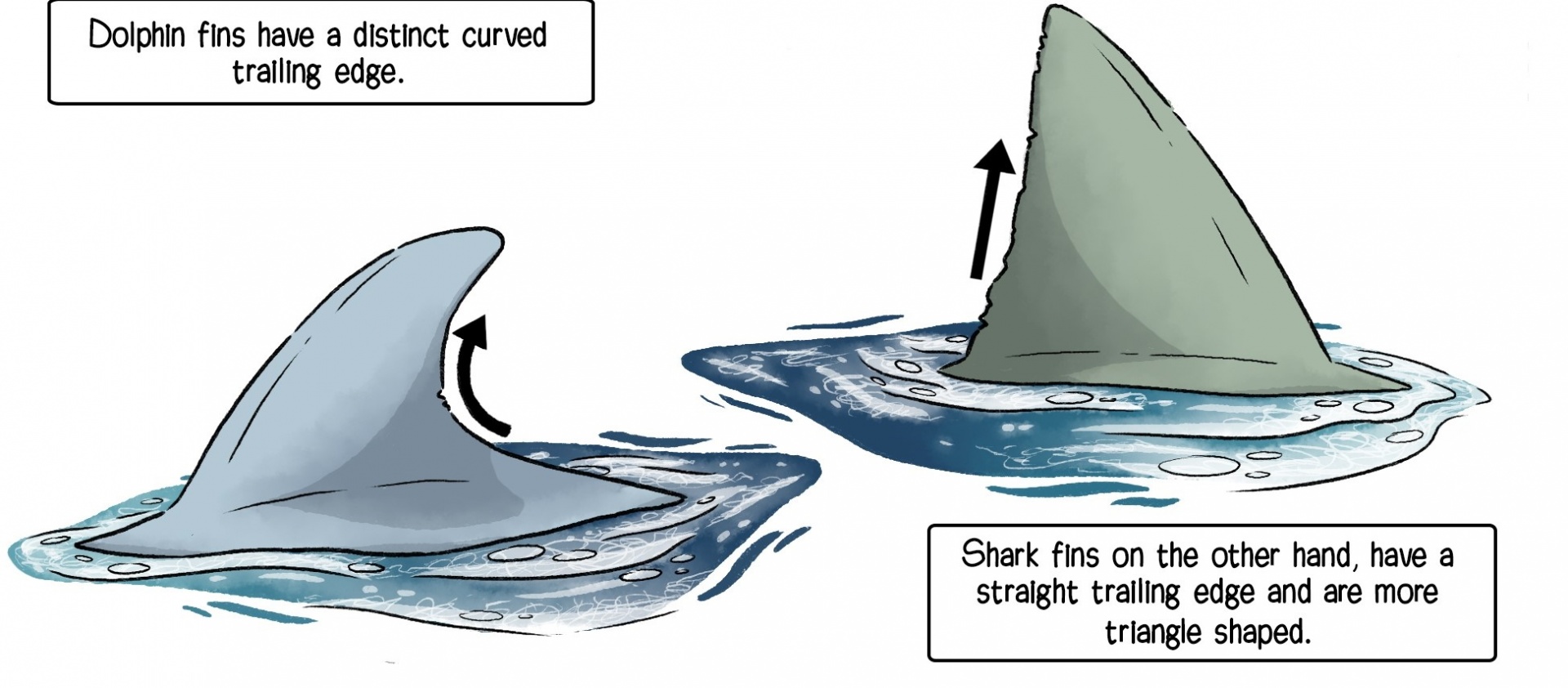
Because of how dolphin's swim their dorsal fins will only temporarily pop up through the surface, whereas a shark swimming at the surface may have its dorsal fin out of the water for a longer period of time. If it is really calm, sometimes you can even see the tip of the shark's tail out of the water.
White Shark Nurseries
While adult white sharks tend to spend a lot of time in the open ocean, or seasonally around offshore islands like the Farallons or Guadalupe, newborn and juvenile white sharks use SoCal beaches and large lagoons as nurseries. A shark nursery is quite simply an area where young sharks hangout because there are fewer predators, an abundance of prey, and better conditions for rapid growth (i.e. usually warmer water).
We think that newborn white sharks use SoCal beaches during their first summers, but then migrate along the coast to similar areas off Baja in the winter.
A white shark's age category is determined by its size. A baby ranges from 4-5ft, juveniles from 6-10ft, and the adults can be up to 20ft.
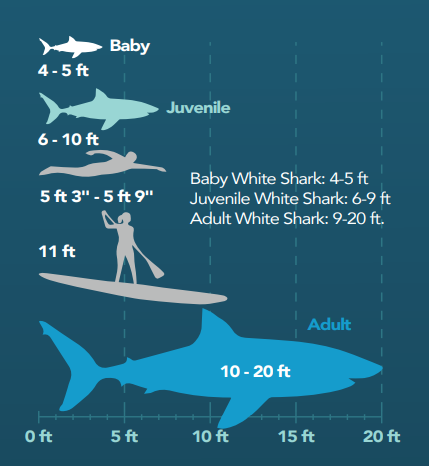
These young white sharks have a diet consisting of smaller prey, such as stingrays, bottom fishes and squid. They tend to avoid or ignore people.
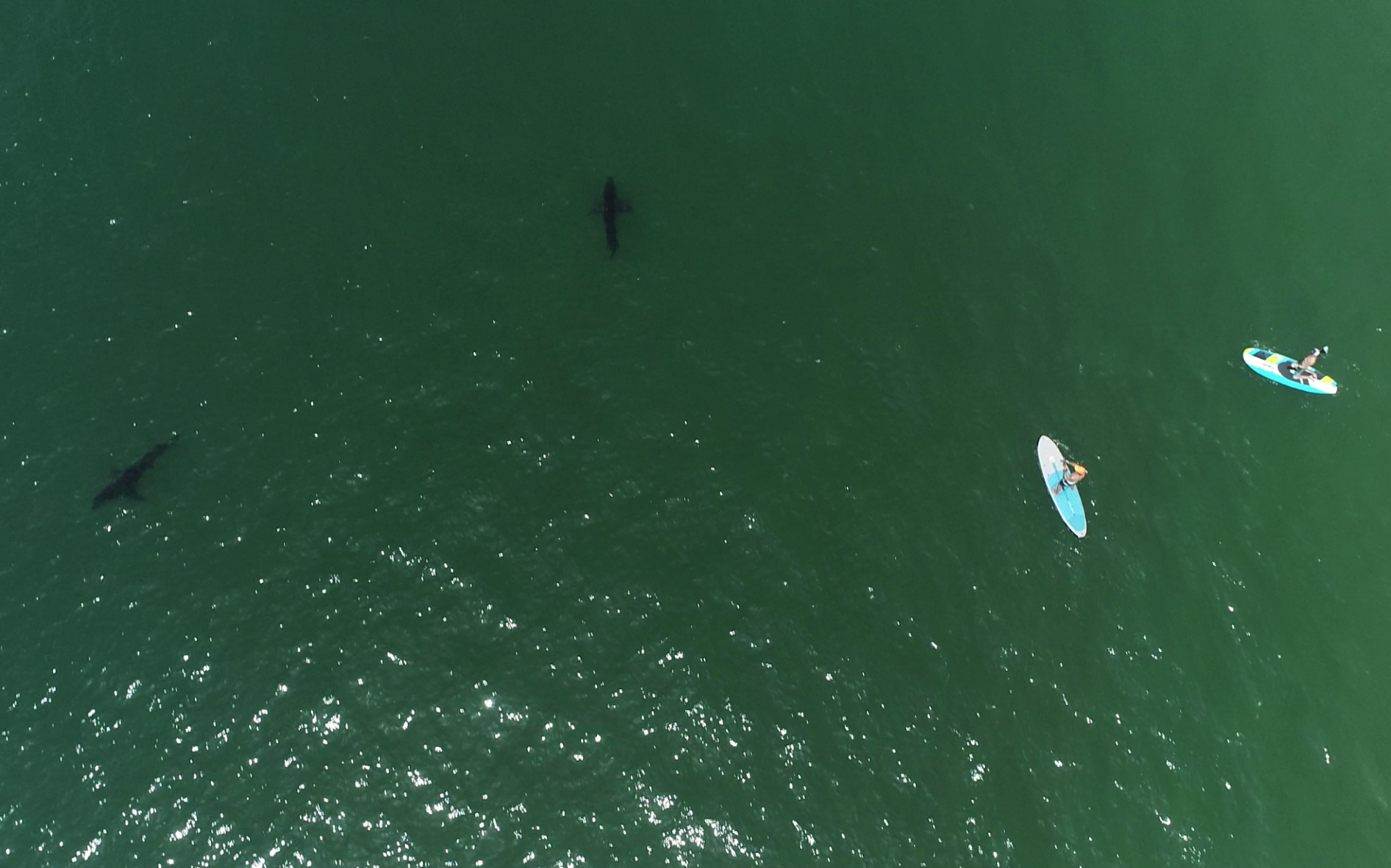
Check out how humans and sharks share the beach in Southern California!
On occasion, larger adult white sharks may be seen moving along SoCal beaches, but this is rare and individuals don't stay.
What if I See a White Shark?
If you do see a shark when you are out in the water, the most important thing to do is keep your eyes on it and remain calm. In most cases the shark is just passing by and may just be curious (not in a bad way).
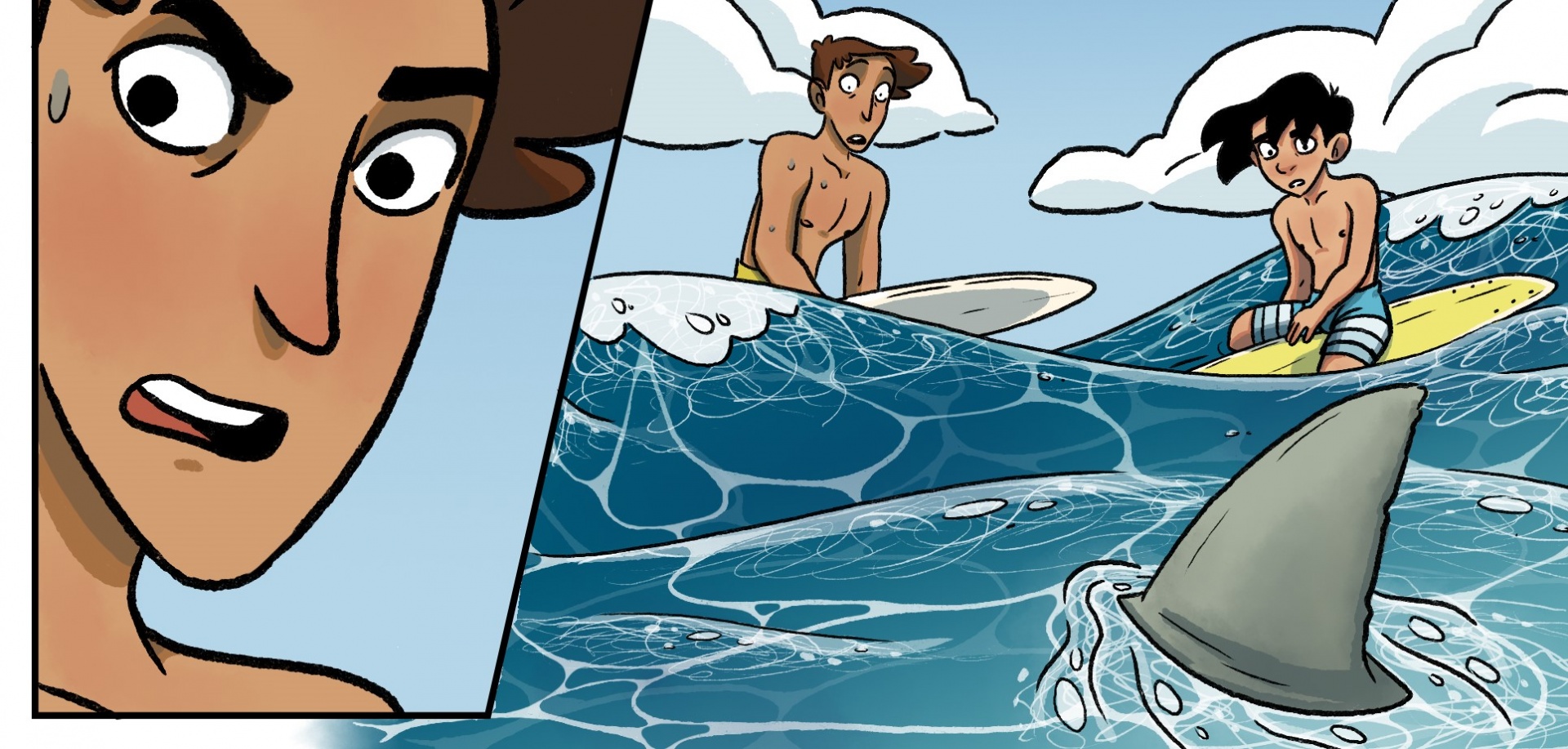
You want the shark to know you see it by always facing it. If you are on a surfboard, point the nose of the board in the direction of the shark. By keeping your eyes on the shark, it will be able to tell you are watching it and most swim away. If you should lose sight of the shark, always check behind you - it's a common behavior of many predators. It doesn't mean the shark is stalking you, it's just a way for them to get a better peek at something that could possibly harm them.
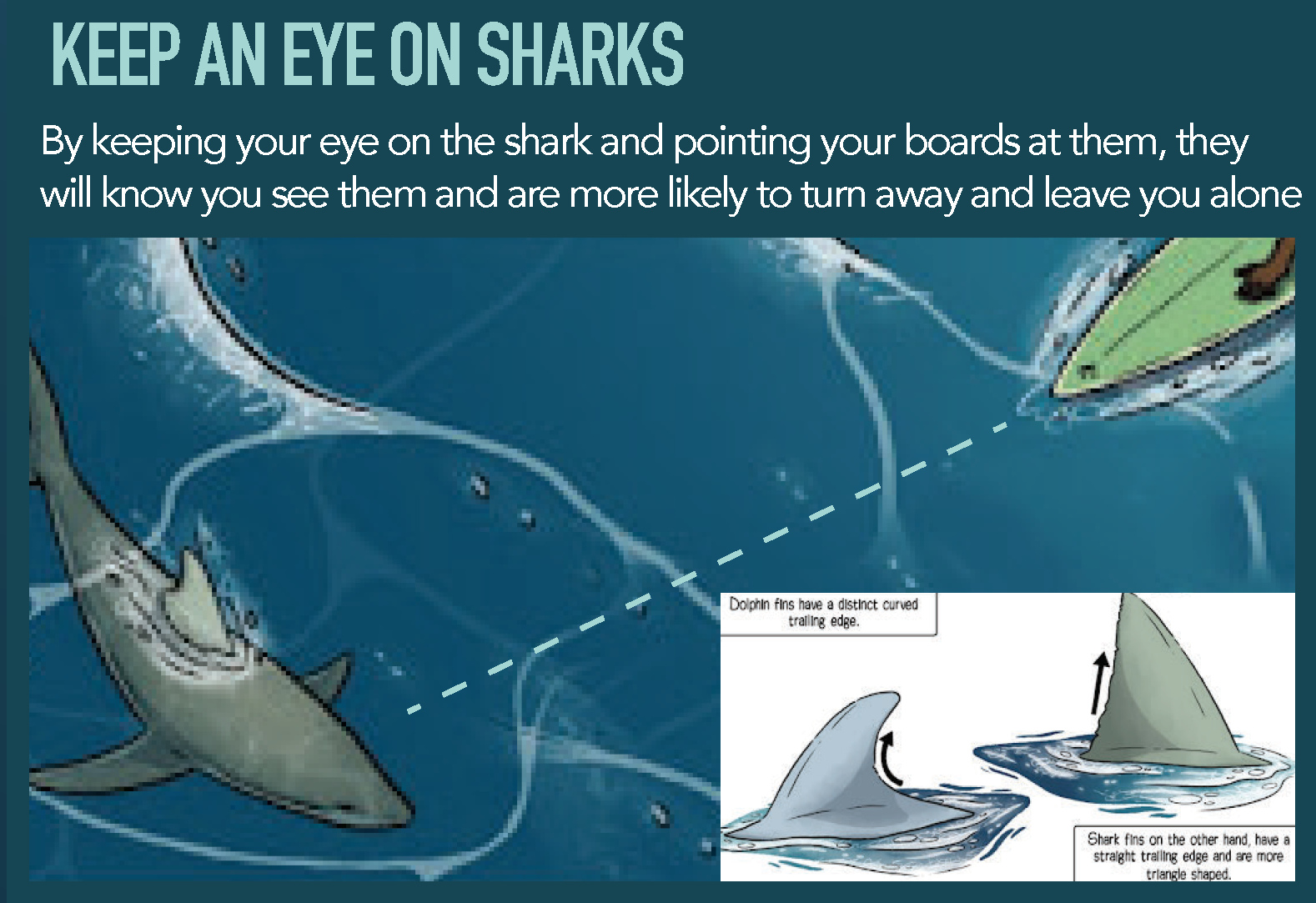
Once the shark has swam off, calmly swim back to shore while still keeping an eye out for the shark. When you are back on shore, notify a lifeguard or others in the water about your encounter right away.
Interpreting Shark Behavior
Juvenile white sharks are typically not aggressive towards humans. Most of the time when people see them while in the water, the sharks are just curious or swimming by. It's pretty easy to recognize calm behavior, because the sharks are moving along at a nice leisurely pace and constant direction.
Sometimes surfers, standup paddle boarders, and even bigger sharks can startle young curious sharks, causing them to quickly dart away before circling back around. There is no indication this is aggression; however, you don't want the shark to perceive that it is being attacked.
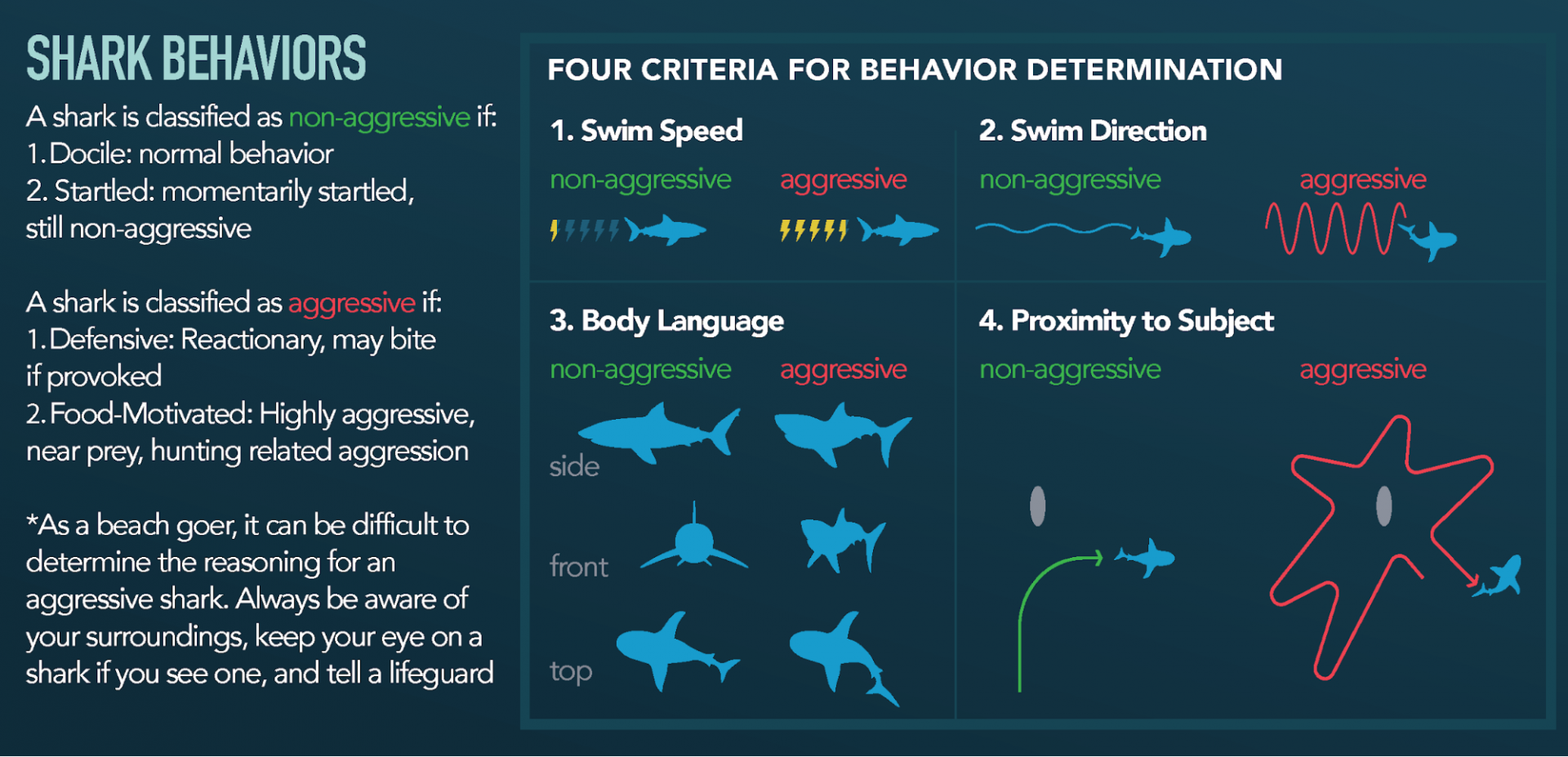
If a shark does try to bite you, however, you can defend yourself by hitting the shark in its sensitive areas, including the gills, eyes, and snout. This can often discourage a shark and get it to release if biting.
Pay Attention to Other Wildlife
Quite often when we're out playing in the ocean, we become so focused on our play that ignore signs from other wildlife that there might be a predator in the area - like a larger white shark.
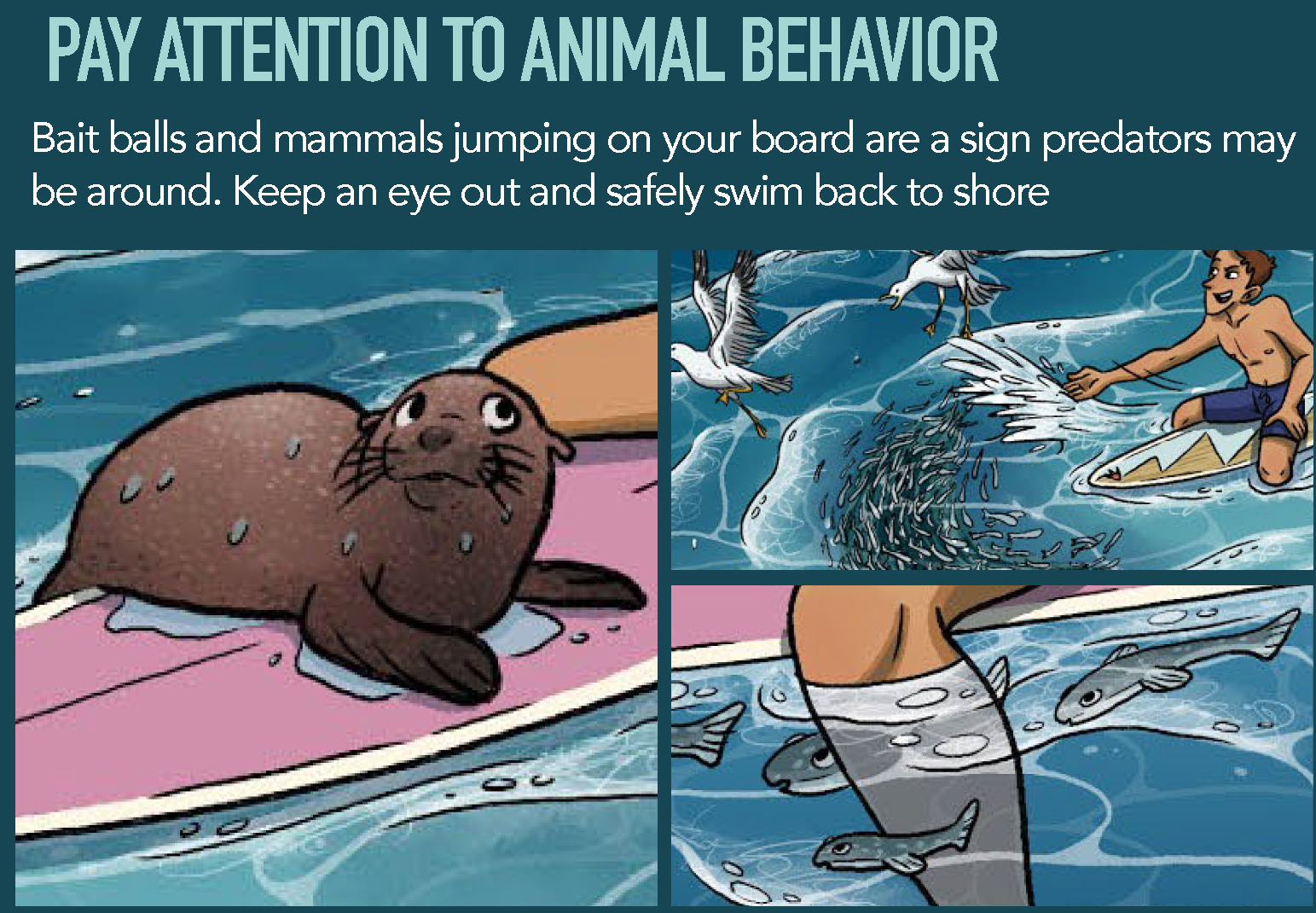
So, pay attention to seals and sea lions while you're in the water. If a young seal or sea lion tries to climb on your board, they may be trying to get away from a shark. Then it might be time to shoo the seal away and paddle back to shore. At least get your arms and legs out of the water if you can.
Sometimes while sitting in the lineup waiting for waves, bait balls will start to form under your surfboard. These schooling fishes are using you and your board as cover from predators, so it's always a good idea to paddle away or at least get your arms and legs out of the water. You don't want a shark that is crashing through the bait ball trying to snag a few fish, accidentally get your hand or foot.
In southern California the most hazardous marine life to beach goers are stingrays. 1000's of people are injured by stingrays along California beaches every year. Stingray injuries are not from rays attacking people but a defensive response from being stepped on, which is why over 90% of reported injuries are associated with feet. While these "stings" can really hurt, they are not life threatening.
What Is a Stingray?
A stingray is a cartilaginous fish closely related to sharks. Their flattened bodies have their mouths and gills on the bottom surface and their eyes and spiracles on the tops of their bodies. Some stingrays spend the majority of their time on the seafloor, resting and foraging.
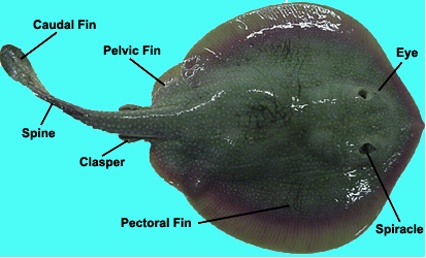
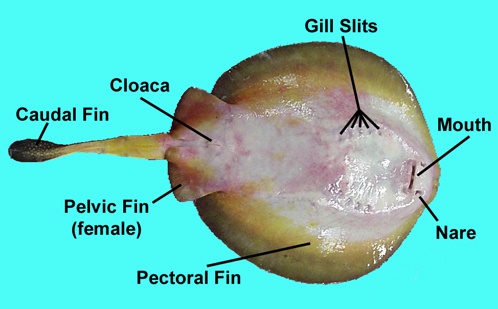
In order to protect themselves, rays have a sharp barb along their tail. In addition to the spine, rays also have a mechanism to transfer venom upon striking their predator. This combination of defense causes extreme pain and throbbing to those stung
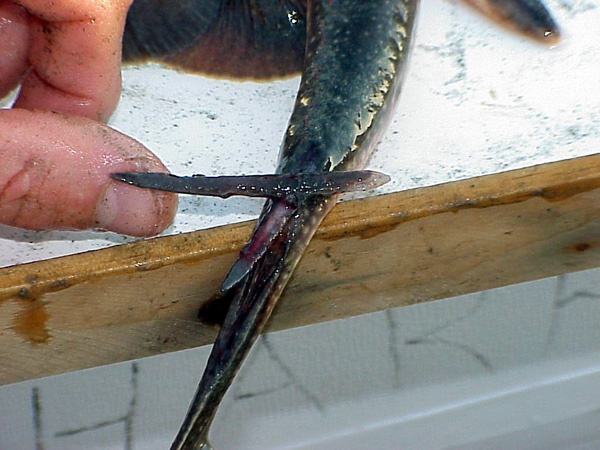
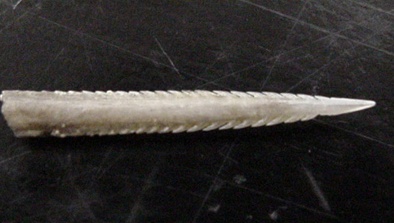
While there are four species (round stingray, bat ray, butterfly ray and diamond ray) typically found along SoCal beaches, round stingrays are the most abundant and likely responsible for a majority of injuries to beachgoers based on their ecology and behavior.
For more information on stingrays, check out our page on Stingray Behavior and Biology
How Do I Avoid Being Stung?
The most common species of ray in Southern California is the round stingray which can be found in high numbers close to shore during the summer and fall months.
Due to low visibility and ray's tendency to bury themselves in the sand, trying to spot these critters can be very difficult. In addition to burying in the sand to avoid predators, round rays will stay and hold their breath when a predator (or a foot) is close by, hoping the predator won't detect them.
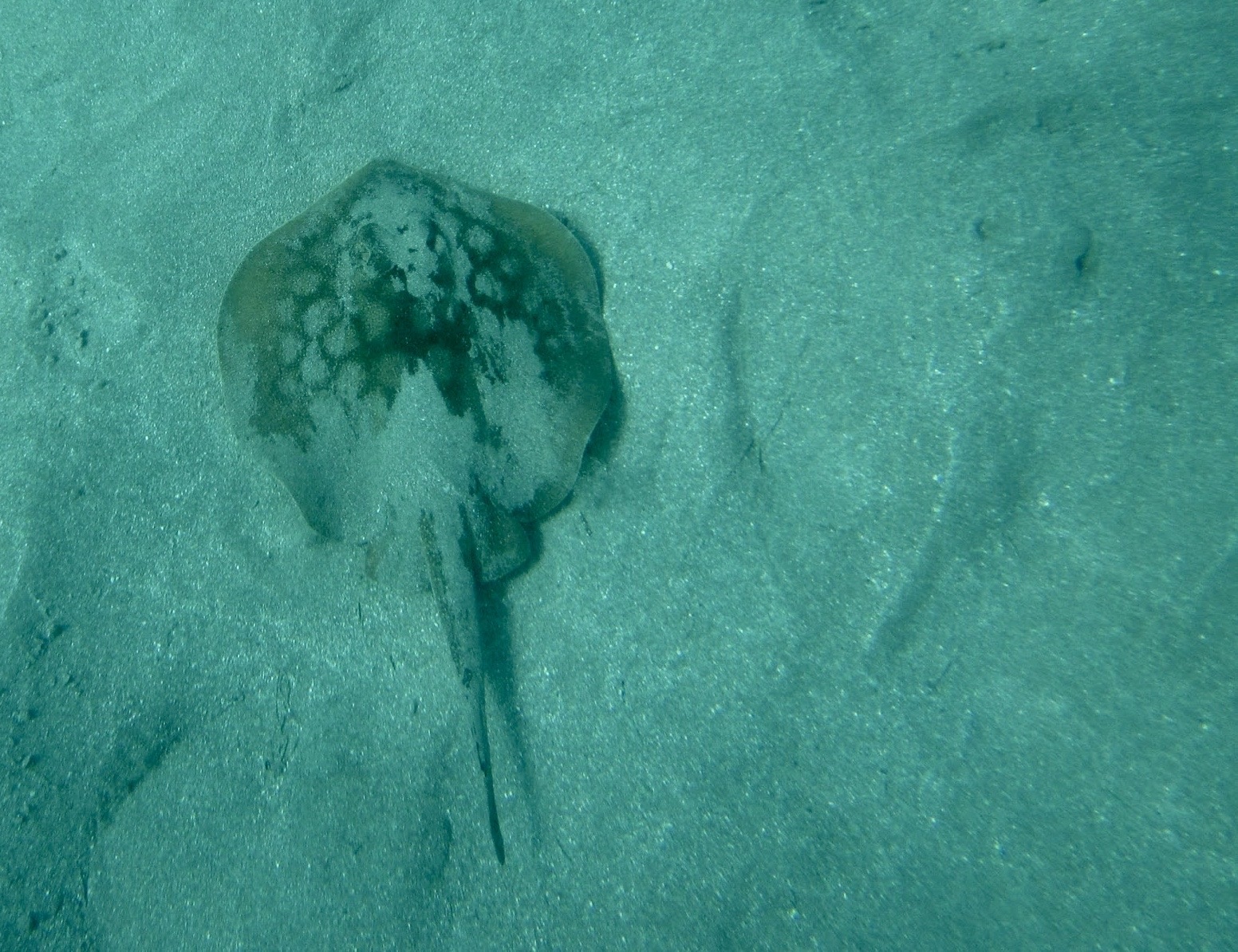
Because stingrays are typically on or in the sand, the most common place beachgoers get stung is the foot. The best way to avoid being stung is to do the stingray shuffle!
By shuffling your feet along the sand when you are entering and exiting the water, the rays are alerted of your presence and can skitter away.
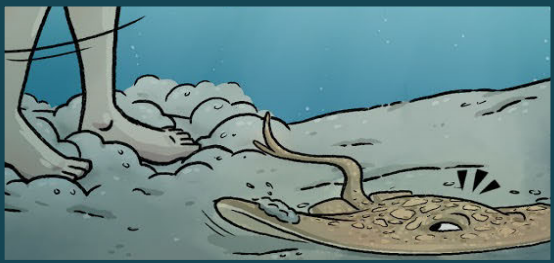
What if I Get Stung?
If you do get stung, tell a lifeguard immediately! They deal with this all the time and will be able to help you.
First you will want to soak your foot in hot, not scalding, water in order to break down the venom and lessen the pain. Try to be patient because this process can take up to an hour.
The spine can leave a deep cut, so it is important to disinfect the area to prevent any infection of the area. If you start experiencing signs of redness or pus around the wound, you may have an infection and should seek medical help.
It's important to always know and understand sea conditions common at any beach you visit. You can find lots of good specific information on local lifeguard websites, which by the way, it's always best and safest to recreate at guarded beaches. Remember, the lifeguards are very knowledgeable about conditions and are there to help you if you get into trouble.
One of the biggest risks at ocean beaches are rip currents.
What Is a Rip Current?
A rip current is a powerful channel of water flowing away from the beach. These currents, which increase in strength with tide and swell height, can be quite strong, pulling unsuspecting beach goers away from shore.
Even the strongest of swimmers can be pulled out by a rip current, making the identification of rips important for beach safety. Rip currents can be identified by examining the waves and looking for gaps that look to be calmer or have no waves.
These fast-moving currents often carry large amounts of sand out to sea which can cause discoloration of the water. When identifying rip currents, look for channels of water that look darker compared to its surroundings.
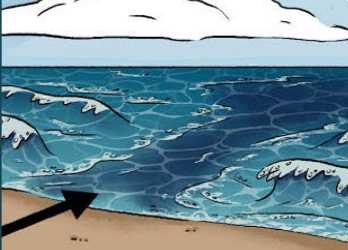
Be sure to examine the water each time before entering to avoid getting caught in a rip current. You can also check local beach forecasts for predictions of strong rip currents or ask a lifeguard when you arrive at the beach.
What if I Get Caught in a Rip?
If you do happen to get caught in a rip current, the first thing you should do is remain calm! Many people who find themselves in a rip panic and try swimming directly back to shore. Swimming against the current will only leave you fatigued and more at risk of drowning.
Instead of fighting the current, swim parallel to the shore and out of the rip. Once you are out, you can safely swim back to shore.
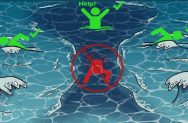
If you are struggling to get out of a rip, continue to remain calm. Instead of swimming out of the current, save your energy and tread water or float and signal for a lifeguard by waving your arms and yelling for help.
A sea jelly, previously known as jellyfish, underwent a name change because they aren't even closely related to fish. They are a jelly-like invertebrate that is most closely related to corals and sea anemones. They are made up almost entirely of water and feed mainly on plankton.
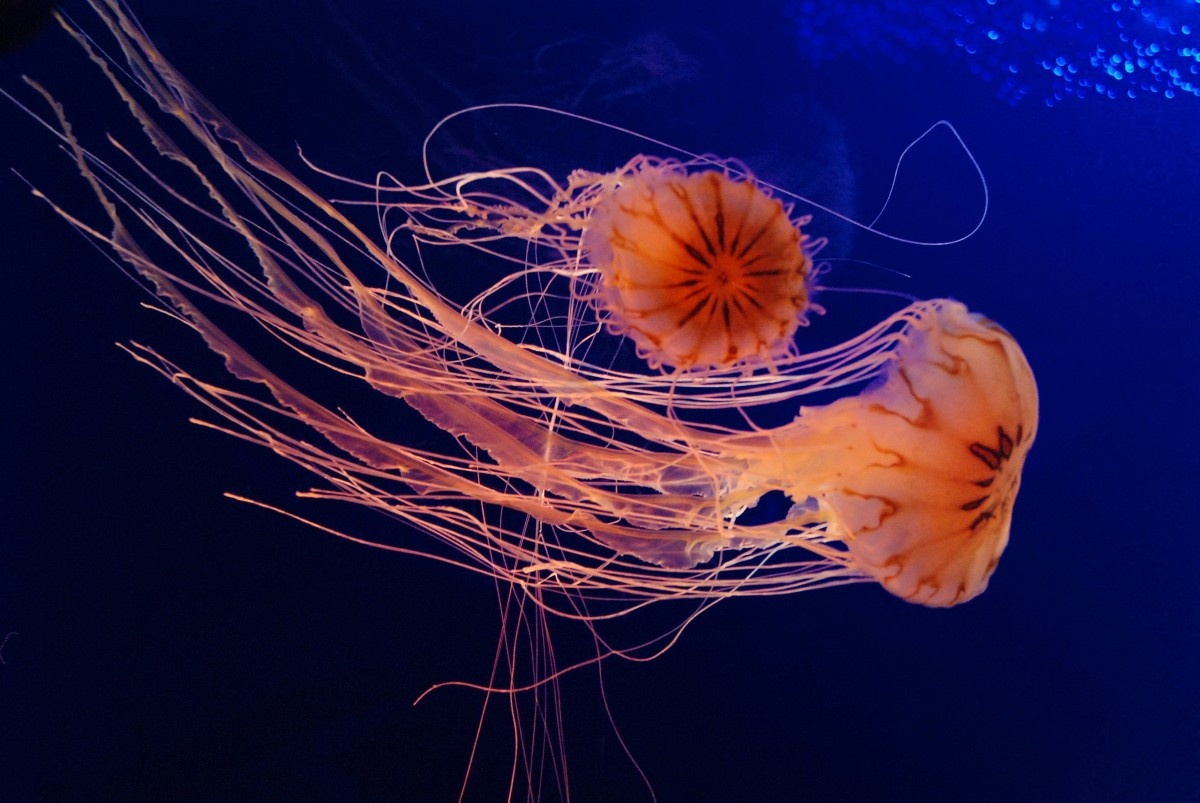
Sea jellies capture their prey using stinging cells, called cnidocytes, located on their tentacles. These cnidocytes allow them to stun their small prey with these stinging cells, but can also sting an unsuspecting beachgoers.
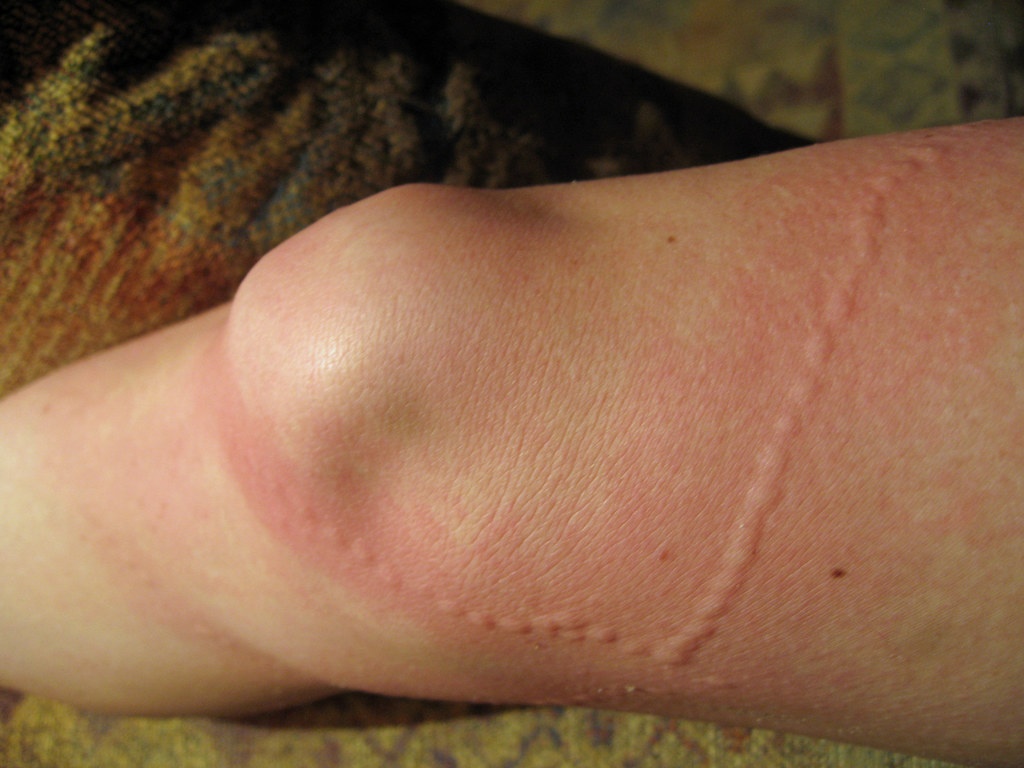
While some species are completely harmless to humans, like the moon jelly, others can cause a very painful sting. Even when they appear to be dead on shore, touching their tentacles can still lead to a sting. Never touch a sea jelly, dead or alive, in the water or washed ashore!
What if I Get Stung?
If you get stung by a sea jelly, tell a lifeguard right away!
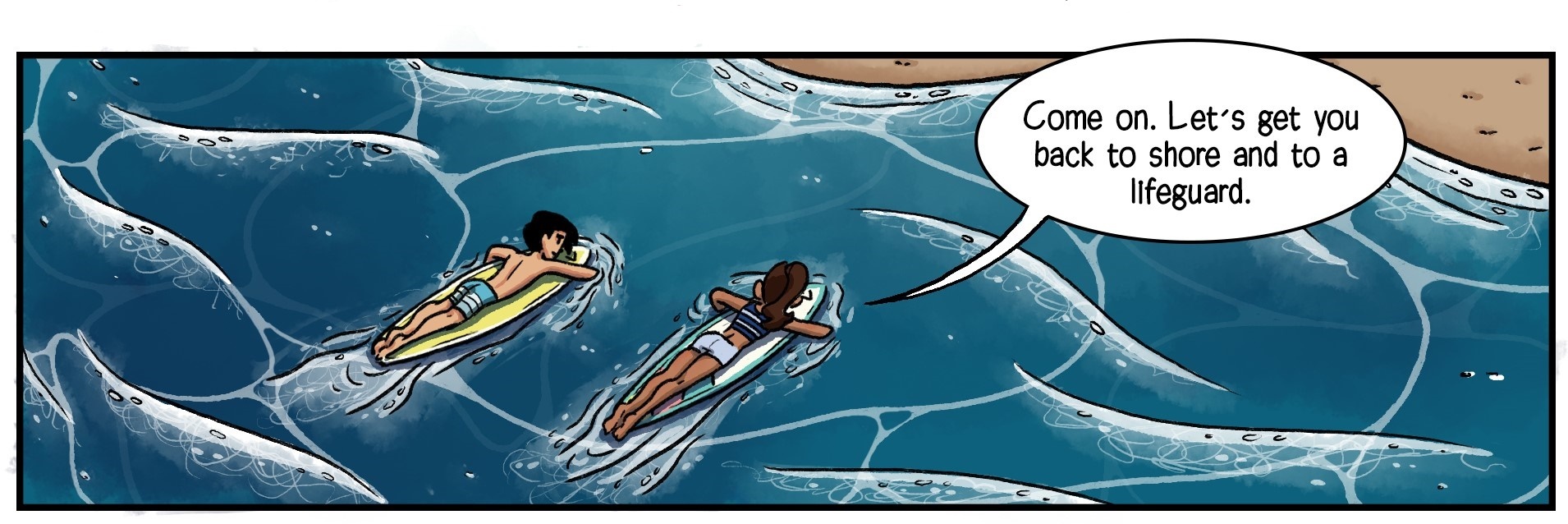
If stung, first rinse the area with white vinegar. Application of vinegar will cause the stingers to stop firing. After applying vinegar, carefully remove any attached tentacles from the skin using tweezers.
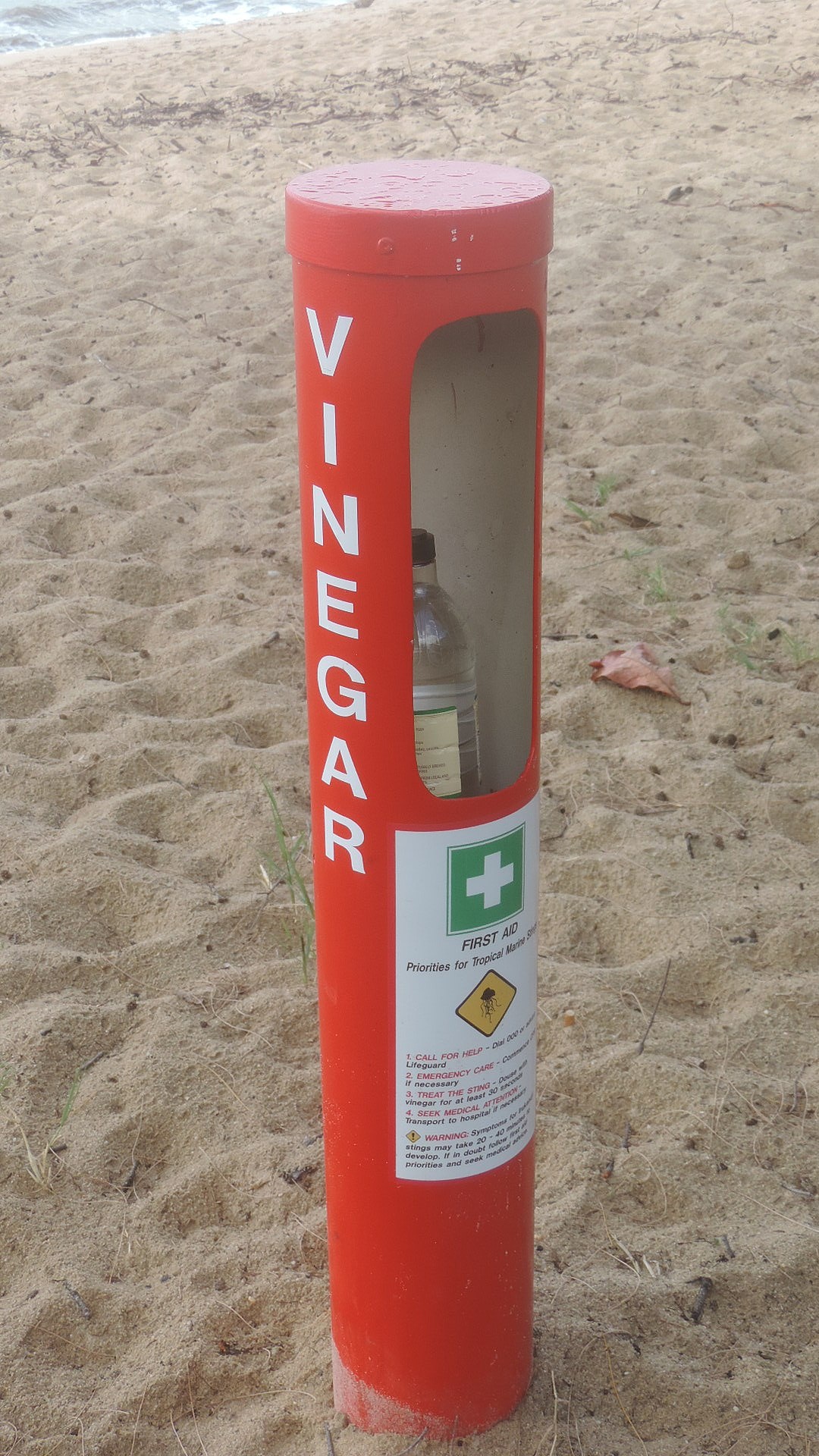
Like with a stingray sting, soak the affected area in hot water in order to relieve the pain. If you begin showing signs of severe allergic reaction, seek medical attention immediately!
With rising populations of marine mammals in many locations, the probability of encountering sick or injured marine mammals (seals and sea lions, dolphins and whales) while at the beach is increasing. Despite what you've seen at marine parks and aquaria, where seal and sea lions have been conditioned to take food from people and even do tricks, it is important to remember that in the wild these animals are predators, have large teeth, and typically do not engage with humans. Stranding dolphins and whales, while in need of help can injure or even drown people who don't know what they are doing.
How Do I Know if an Animal Is Sick?
In recent years, red tides off California have increased the occurrence of domoic acid poisoning in sea lions.
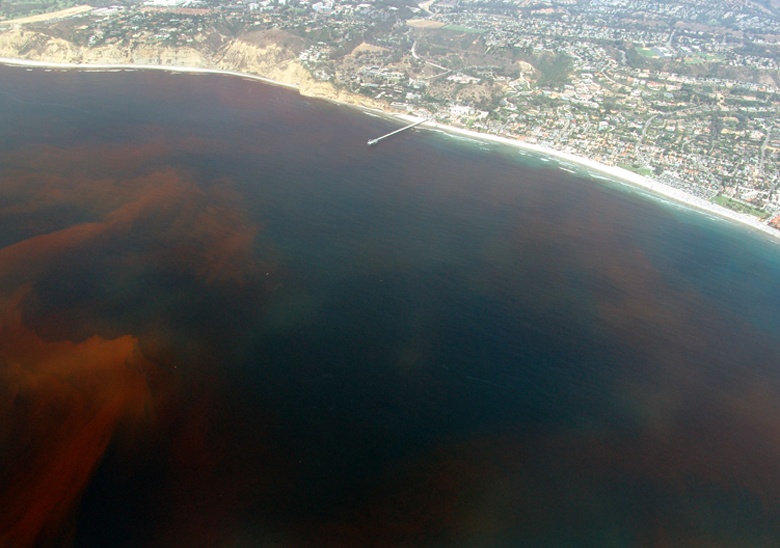
Since this toxin attacks their brains, the animals often become disoriented and may even haul out on crowded beaches. Dolphins and whales thrashing in the surf is also not common and can be the result of animals that have become sick and disoriented.

Why is it Important to Avoid Sick Animals?
Marine mammals may be cute, however it is important that you do not approach a sick animal. These animals can be dangerous and aggressive, especially if they are scared. If they feel threatened, they may attack.
What Should I do if I See a Sick Animal?
If you notice a sick marine mammal on the beach, the first thing you should do is keep others away for the safety of the animal and beachgoers.

Once you have established an open space around the animal, notify a lifeguard immediately. If you are at a beach with no lifeguards, you can call the marine mammal facility nearest you.





